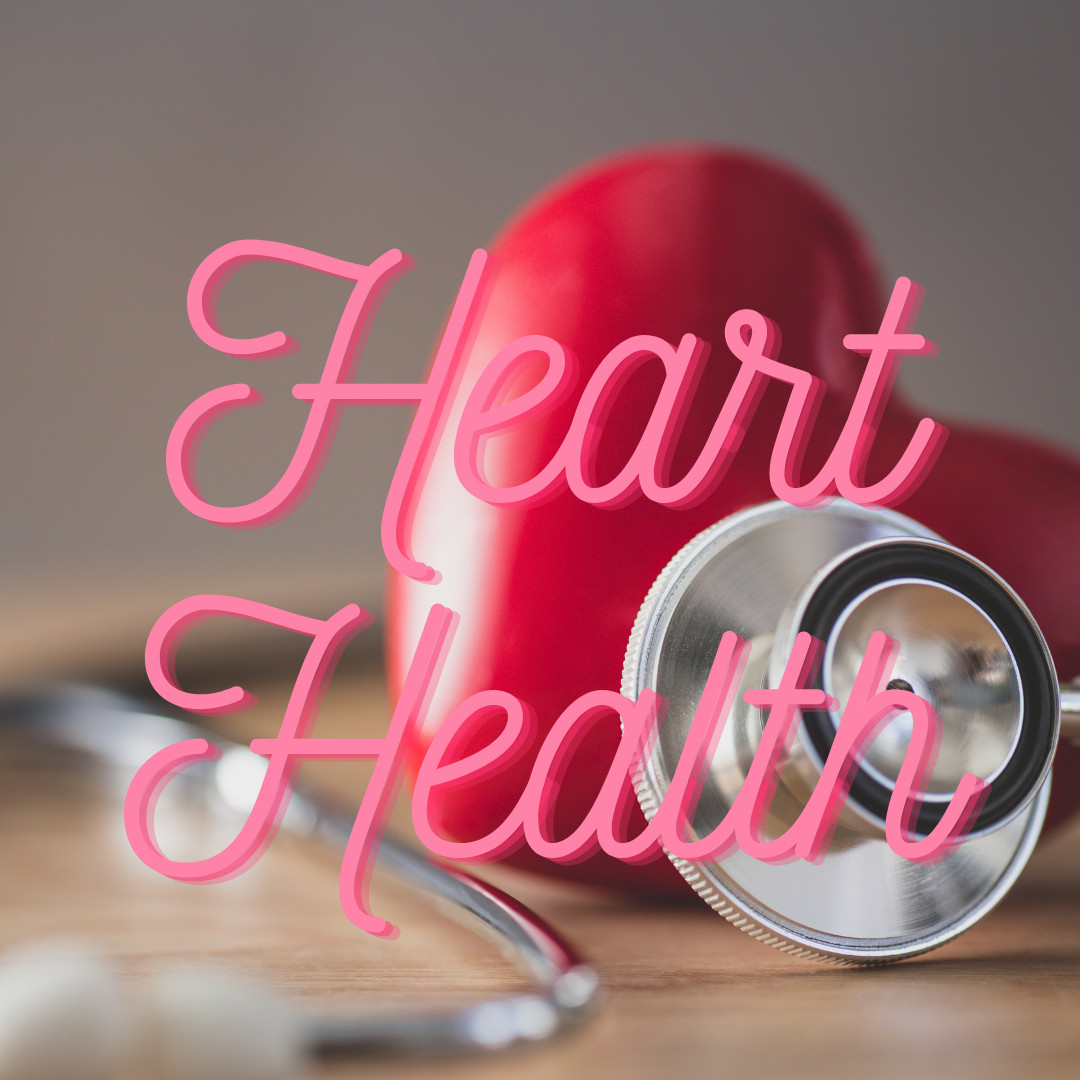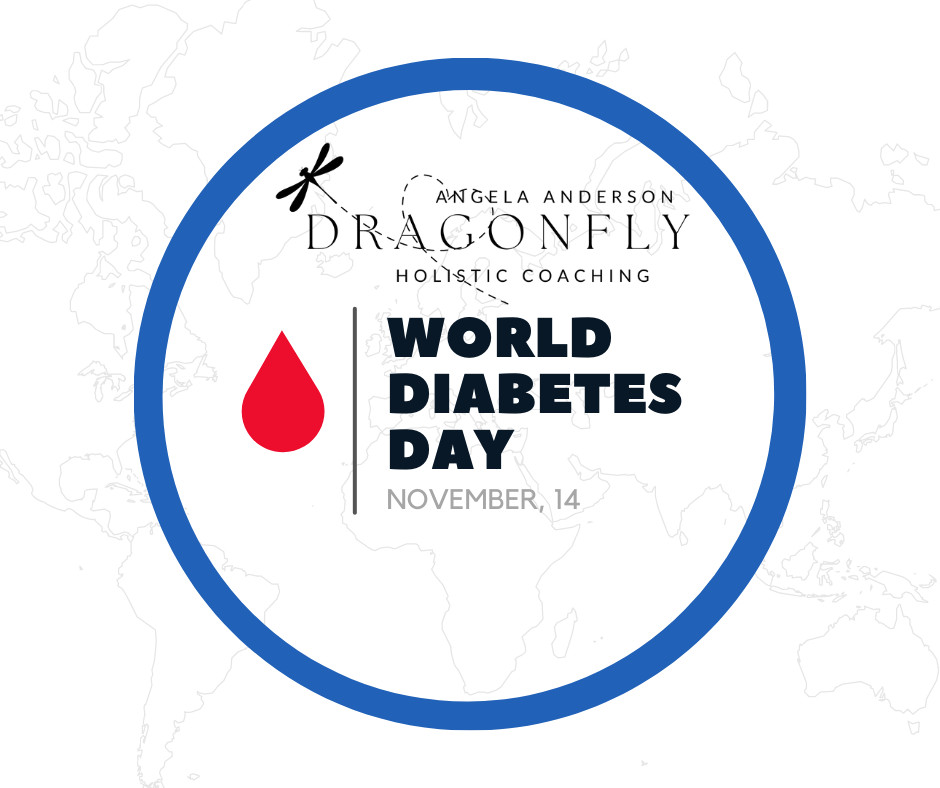
At a recent summit I attended, entitled, " The Truth about weight loss," hosted by "Better Life Summits," I had the opportunity to listen to Dr. Joan Ifland a food addiction expert and innovator and author of the book, "Sugars, and Flours, how They Make us Crazy, Sick and Fat."
Dr. Ifland states that there are about 20 different ways that food addictions mimic drug addictions, lending credence to controversial idea that foods can be addictive. She states that "Food (particularly processed food) can generate the same sensitized reward neurons, the same addicted reward neurons, hyperactive stress pathways, and reduced cognitive function," that we see in drug addictions.
Dr Ifland blames the processing process for making foods addictive, stating that the process takes non-addictive food and makes it addictive.
Plant foods provide the body with natural endorphins, this is a good thing. But, when you concentrate the natural endorphins, they can cause the same highs and crashes that are seen in drug addictions. In other words, when the natural endorphins are concentrated, we get the hit of dopamine, serotonin, opiate and endocannabinoid pathways in the brain to get high, and then a crash, just like drug users get. It is this intense neurotransmitter release and crash that can make food addictive.
She also blames the food industry, stating, "the same corporations that brought us tobacco addiction, smoking, and cancer epidemics that are now bringing us the processed food overeating epidemics." Clearly manufacturers of processed products understand the addictive tendencies, they know how to manipulate our emotions to entice us to try their products which provide neurochemical reactions similar to those of drugs. These products are designed to be addictive. Dr Ifland says it starts with baby formula that is 50% sugar and is followed by the addictive sugary breakfast cereals we all grew up eating.
Dr. Fuhrman cites something that came from the University of California, San Francisco, where they were combing through the 40,000 documents the tobacco industry submitted as part of their court settlements. They found out that RJ Reynolds acquired Hawaiian Punch in 1963 and applied what they knew about marketing, tobacco addiction and sugar addiction in children. She points out the remarkable likeness between a pack of cigarettes and a red juice box. The iconic Punchy mascot was syndicated, appearing in toys, comics, TV, making Hawaiian punch a household name for years.
Leveraging this success, RJ Reynolds and Philip Morris made a strategic move in acquiring food companies like Kraft, General Foods and Nabisco. Popular brands like Oreo, Kraft Macaroni and cheese and even Lunchables dominate childhood plates to this day. American tobacco firms now dominate our food supply. They use marketing strategies to hook us on their processed wares, which become addictive and affect health and longevity.
Now these tobacco-generated food companies are manipulating us and our children with technology and social media. They seduce our children with cartoon characters using the same techniques that hooked generations on cigarettes and still hooks our children with vapes.
Dr Ifland shared a slide that showed the brain when it gets a hit of dopamine. Dopamine is the neurotransmitter that makes us feel good. But, when the dopamine receptors get bombarded, it floods over and over again, as we see in addictions, until it eventually shuts down. Eventually, as the receptors are flooded again and again, that feel good channel just starts to shut down, and even tissue loss is noted. She also notes that children with addiction show reduced grey and white matter.
With processed food, she says, we don't just get dopamine, but we also get serotonin, opiates and endocannabinoids. That means we are getting a broad range of flooding and down regulation of the multiple neurochemicals, more so than what we see in other addictions.
Sugar, Dairy, Flour, Gluten, Resveratrol, Processed fats, caffeine, and food additives are all highly addictive substances.
Eventually, as our neurochemical receptors are flooded over and over again, we no longer eat just to feel better, but we start to eat to prevent ourselves from feeling bad.
Dr Iflad lays out the 11 criteria for addiction and describes how research conclusively demonstrates that food addiction is real. Among these, she cites, the following:
Unintended use - We don't mean to smoke that cigarette or eat that donut, we know it is bad for us, but we do it anyway.
Failure to cut back - We didnt want to have three drinks, we meant to have only two. We meant to have a handful of chips and we ended up eating the whole bag.
Cravings - We all have food cravings of one kind or another.
Relationship Problems - When our feel good receptors start to crash, we feel tired, we feel brain fogged, we might be irritable or depressed. This state of mind causes relationship problems as we no longer have the energy to tend to relationship needs.
Missed Events - The same applies to our important events, when our geed good receptors crash, we don't want to leave the house.
Withdrawal Avoidance - No one wants to feel bad, but in this case, we may eat processed food to avoid feeling bad. We aren't eating because we are hungry, we are eating to feel better, if we are addicted to sugar, whether we know it or not, sugar cravings are the body's attempt to get that dopamine hit again. As we discussed above, there are several other neurochemicals involved in food addiction, so food addiction is a pretty well-rounded hit to brain health.
In food addiction, we see four big systems in the brain, dopamine, serotonin, opiate and endocannabinoid systems. If all these systems are shut down, it is conceivable that we lose our purpose for living. We see increased rates of panic disorder, anxiety, depression, and even increased suicide rates. But, Dr Ifland emphasizes that we know its something that is repairable. We can health those damaged receptors and get them to open up again.
She suggests activating the oxytocin pathway, this is the so-called love neurochemical associated with sex, childbirth and lactation. You can activate this pathway by participating in kind, patient, compassionate relationships and communities. She claims that activating this pathway can help us heal the big four reward pathways. (dopamine, serotonin, opiate, and endocannabinoid).
Now that we know that food can be every bit additive as a drug, we can start to use consciousness and reason to make better choices for our vitality and mental health.
Are you surprised to learn about these addictive tendencies of food? Will this information help you make better food choices?







0 Comments